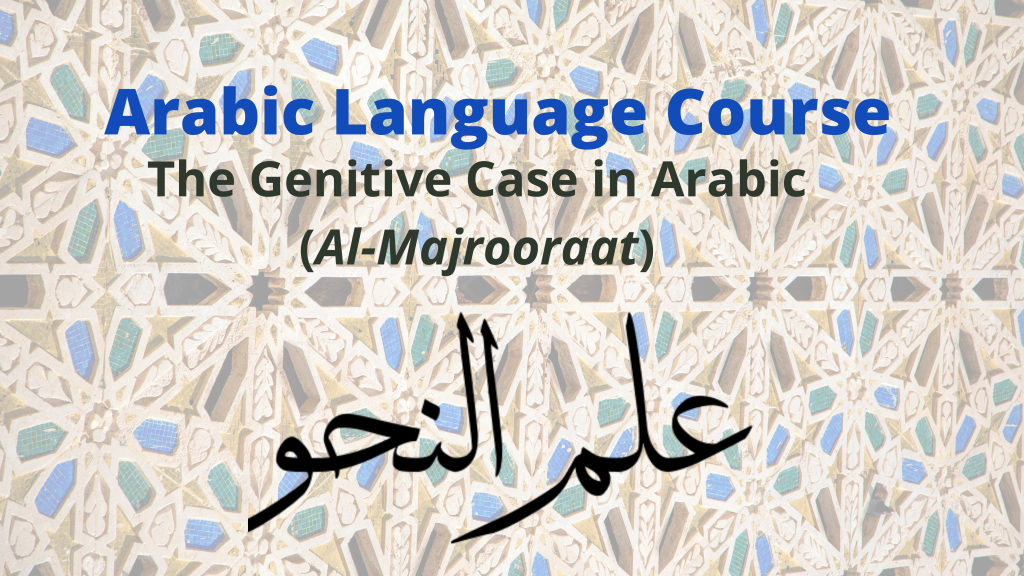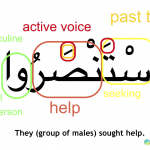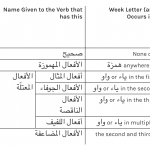Conjugation | Conjugation and Translation | ||
3rd person | Masculine | Singular | نَصَرَ |
Dual | نَصَرَا | ||
Plural | نَصَرُوْا | ||
Feminine | Singular | نَصَرَتْ | |
Dual | نَصَرَتَا | ||
Plural | نَصَرْنَ | ||
2nd person | Masculine | Singular | نَصَرْتَ |
Dual | نَصَرْتُمَا | ||
Plural | نَصَرْتُمْ | ||
Feminine | Singular | نَصَرْتِ | |
Dual | نَصَرْتُمَا | ||
Plural | نَصَرْتُنَّ | ||
1st person | Masculine & Feminine | Singular | نَصَرْتُ |
Plural | نَصَرْنَا | ||
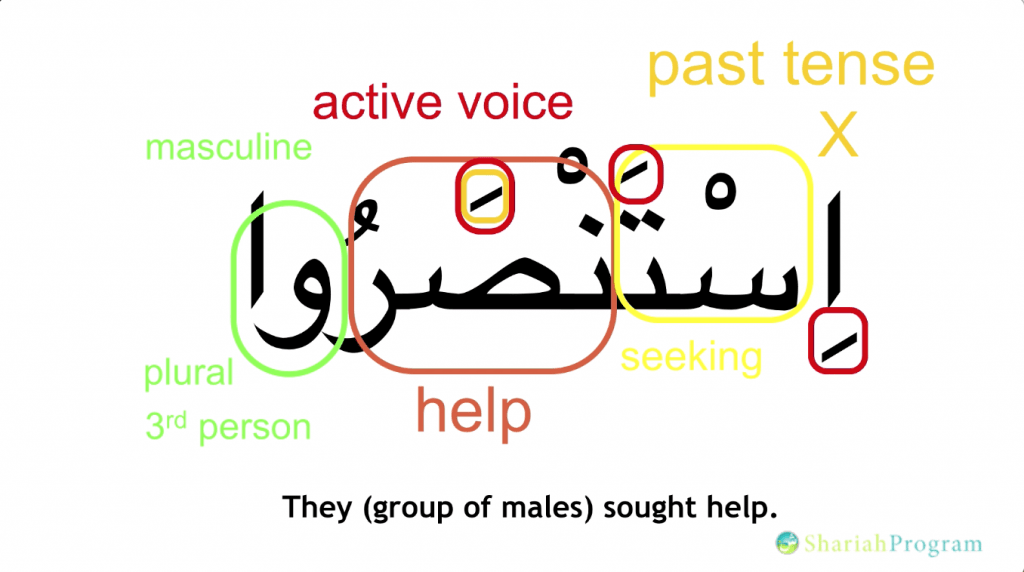
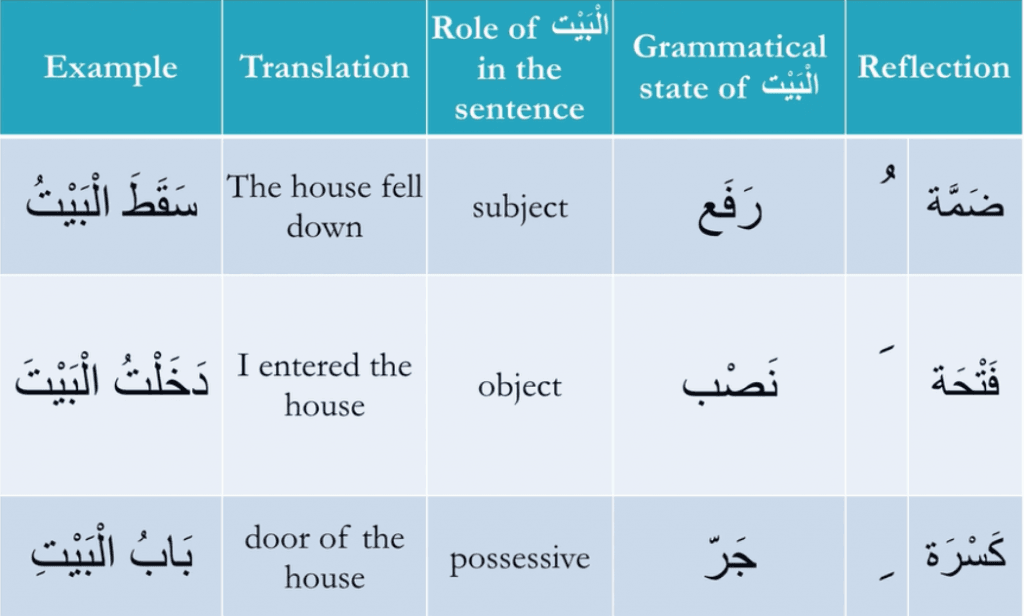
Arabic Grammar FAQ
Is Arabic an SVO language?
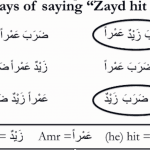
VSO is the default for verbal sentences in Arabic. A verb and 2 nouns in Arabic can be arranged in 6 different ways though. Depending on what’s more important, a speaker can begin the sentence with the subject or object, resulting in SVO, OSV or any other possible arrangement. This is because the grammar is not determined by sequence, but rather through inflection.
Is Arabic grammar hard?
Arabic can be difficult if it’s taught as a series of disconnected rules with too much emphasis on rote memorization. Especially early on this can lead to overwhelm and it’s the main reason students quit. However, if the core of how the language works is taught first by focusing on the single topic of grammatical inflection, learning Arabic actually becomes enjoyable and very manageable.
Is Arabic gendered?
Only nouns in Arabic have gender. There is masculine and feminine and no neutral. A noun does not need to have anything to be masculine. Femininity on the other hand requires a sign such as a round ta.
FAQ on Learning Arabic Online
Why should I learn Arabic online?
Arabic is also the language of the Qur’an (the Islamic holy book). It doesn’t matter what your beliefs are, the Qur’an is unequivocally, undeniably and undoubtedly the greatest form of Arabic literature, and indeed the greatest form of literature, period. The beauty of this piece of literature is, in fact, quite literally, miraculous. Therefore, tens of millions of people learn this language to witness firsthand the beauty and miracle that is The Qur’an… religious reasons.
Which form of Arabic should I learn to understand the Qur'an?
If you are studying Arabic in order to understand the Qur’an or works of classical scholarship, you will need to master Classical Arabic. You will cover at least 5 different subjects just on the Classical Arabic language.
Where should I study Arabic?
The wrong thing to do is to try and study on your own. You need to join a class. If you study informal or formal Arabic, a university or college course is usually the safest bet. Find a college near you and read up on their Arabic programs. There are a few good online courses out there, but they are a bit dodgy and not necessarily as well established.
What do I need before I study Arabic?
Most courses and books assume you already know the alphabet and can read and write Arabic. And to a large extent, this is a valid assumption because most students have been reading the Qur’an since childhood. But not all students are Muslim and have been reading since childhood. Moreover, when learning the Qur’an as a child, most Muslim children were not taught in a correct manner. It is vitally important to learn reading and writing skills even if you already read the Qur’an.
What is Arabic morphology?
What are Arabic verb forms?
A basic verb form is the particular vowel configuration given to a set of 3 consonants in Arabic in order to turn those letters into an actual verb. Along with making the letters pronounceable, these vowels give us more meaning, namely the tense and voice.
How many root consonants do most Arabic verbs contain?
The vast majority of verbs in Arabic contain 3 root consonants.
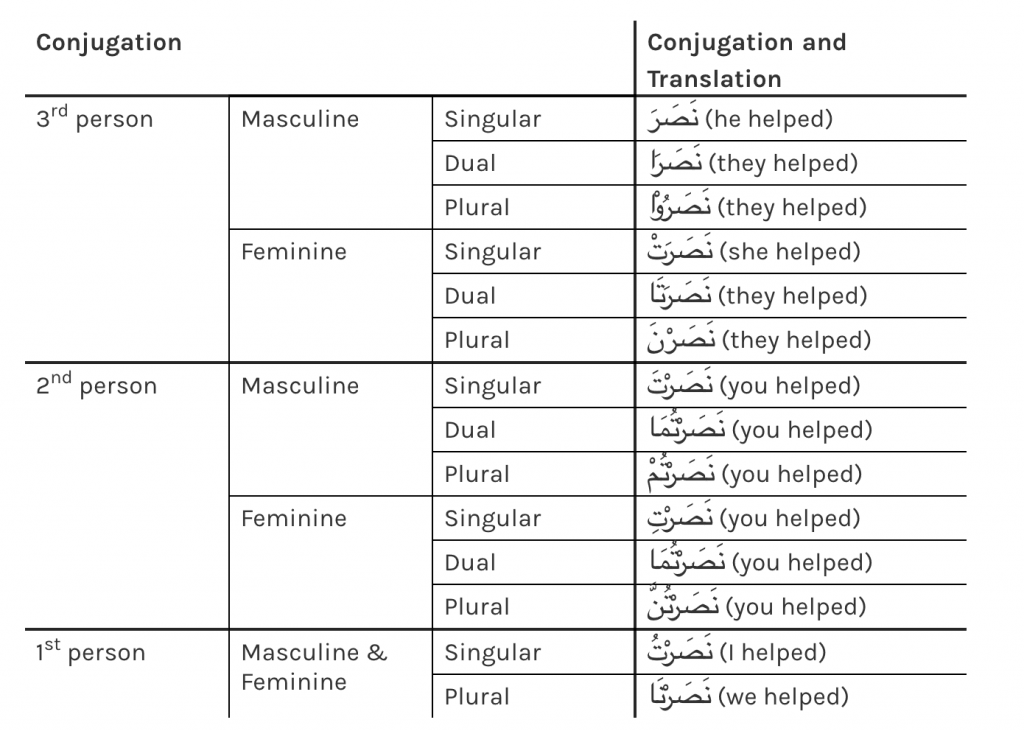
Does Arabic have conjugation?
When conjugating verbs, there are three aspects about the subject (i.e. the one doing the verb) to keep in mind: person, gender, and plurality. Instead of using separate words to communicate these pronouns, in Arabic it is done with very slight changes at the end of the verb, normally by adding just a single letter.
How do you conjugate verbs in past tense in Arabic?
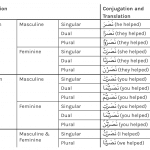
Taking a set of base letters and placing them on the pattern فَعَلَ will give us the first conjugation of the verb in the past tense. Thereafter, designated letters will be added to the end of the verb to communicate the various pronouns of “they, she, you, I, we” along with dual and plural variations.
How do you conjugate verbs in present tense in Arabic?
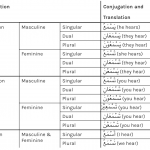
Let’s take the base letters س، م، ع, which afford the sense of “hearing”. The imperfect verb is constructed by placing these letters on the pattern يَفْعَلُ; we get يَسْمَعُ. This verb can mean “he is hearing”, “he hears”, and “he will hear”. The imperfect verb has both a prefix and a suffix. The prefix is one of ي, ت, أ, or ن.
How many verbs are there in Arabic?
Meanings in Arabic are communicated by combining the 29 letters of the alphabet into groups of 3. The vast majority of these groups will have an associated meaning. As such, there are tens of thousands of verbs in the Arabic language.
What is TA Marbuta in Arabic?
A round Taa (ة) at the end of the noun is one of the 3 signs of femininity in Arabic. If it is written ة, it is called تاء مدوَّنة. And if it is written ـة, it is called تاء مربوطة
How do you know if a word is masculine or feminine in Arabic?
A noun in Arabic is masculine by default so it does not need to have anything special to reflect this. Femininity in Arabic however is not default. In order for a noun to be feminine it needs to have one of 4 signs appended to its end. A round taa is the most popular.
Is Sun feminine in Arabic?
Yes. The word شمس (sun) is a feminine word. We know this because we find the Arabs describing this word using feminine adjectives and so forth.
Is House in Arabic feminine?
Yes. The word دار (house/estate) is a feminine word. We know this because we find the Arabs describing this word using feminine adjectives and so forth.

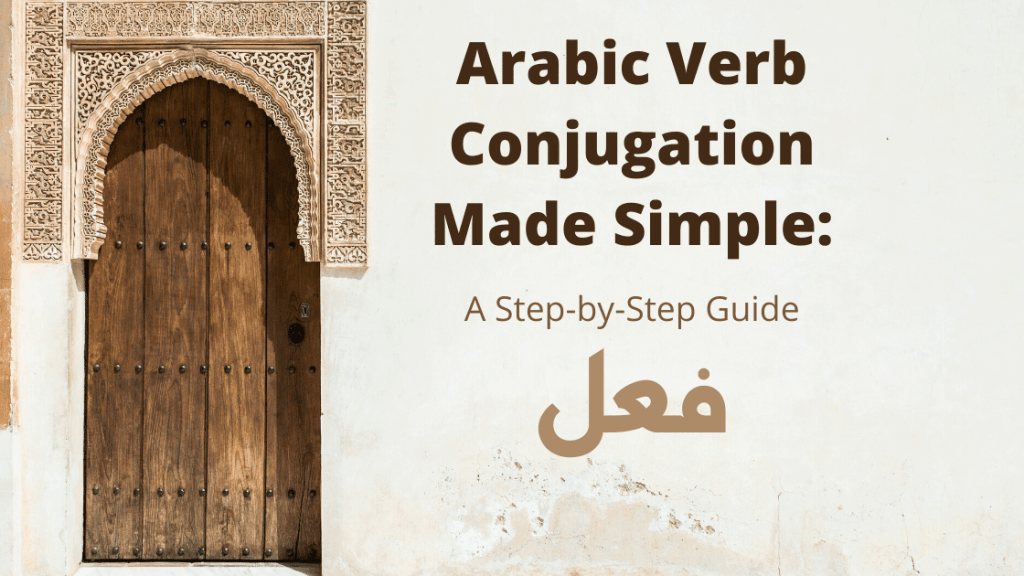
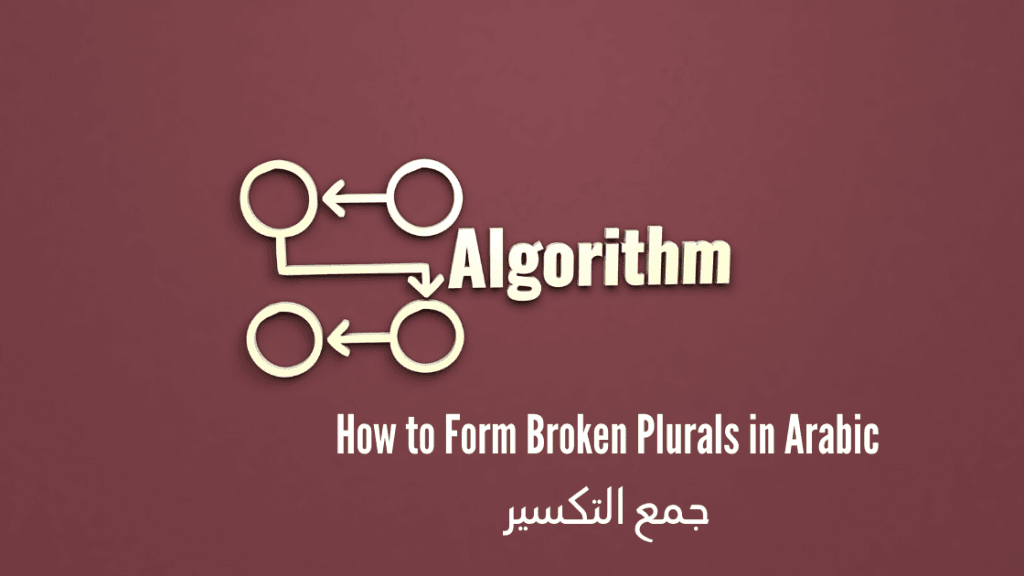

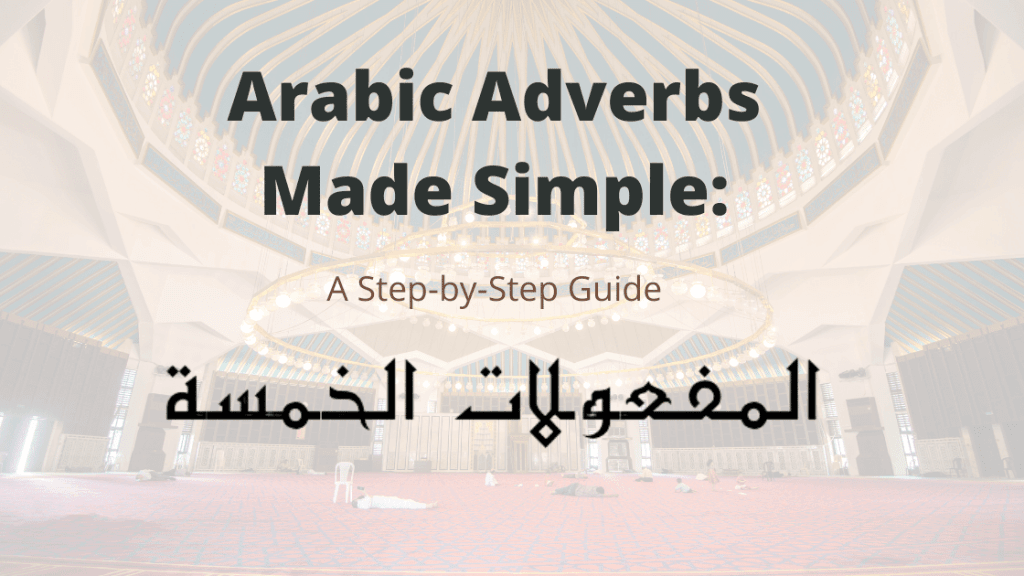
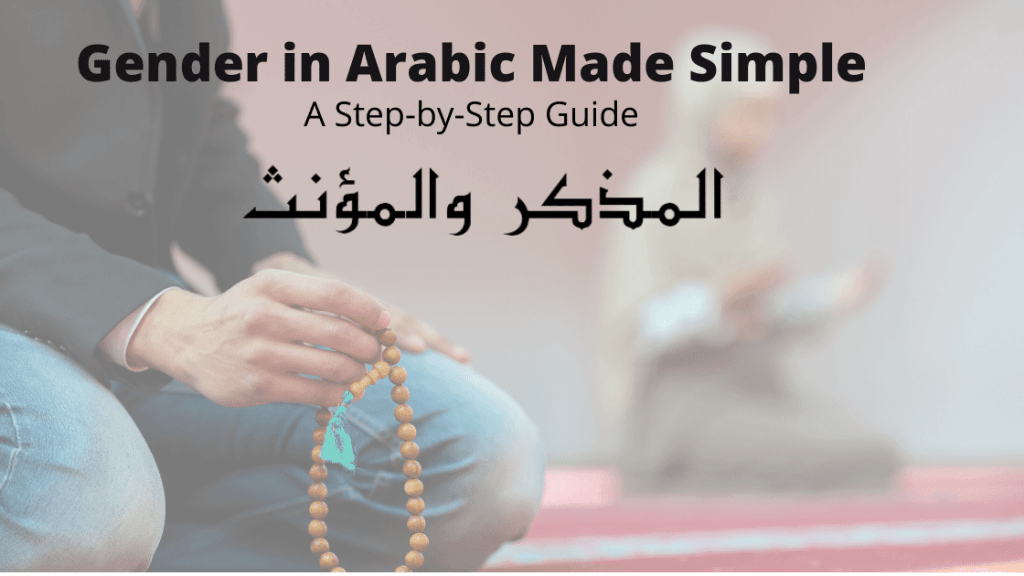
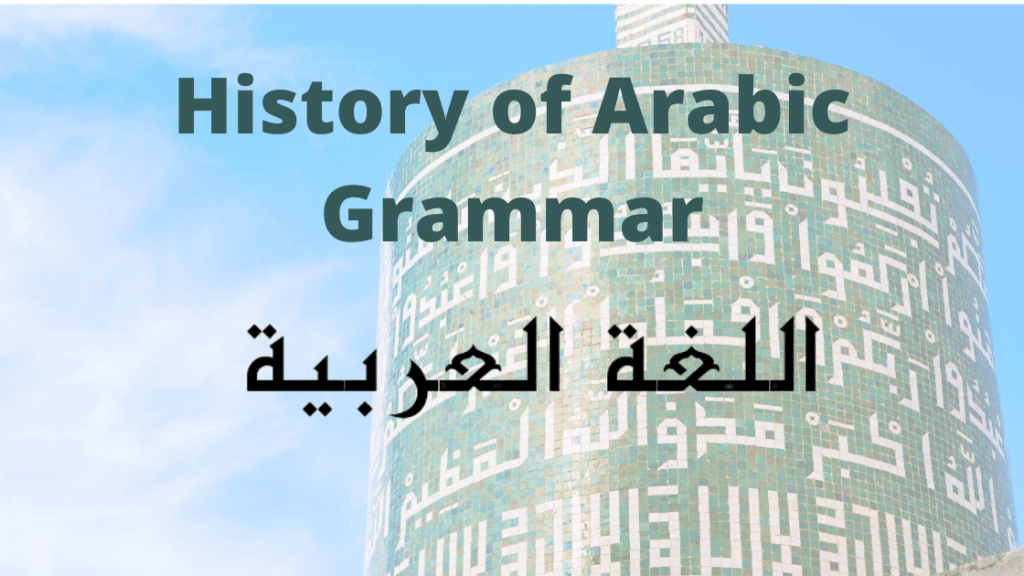
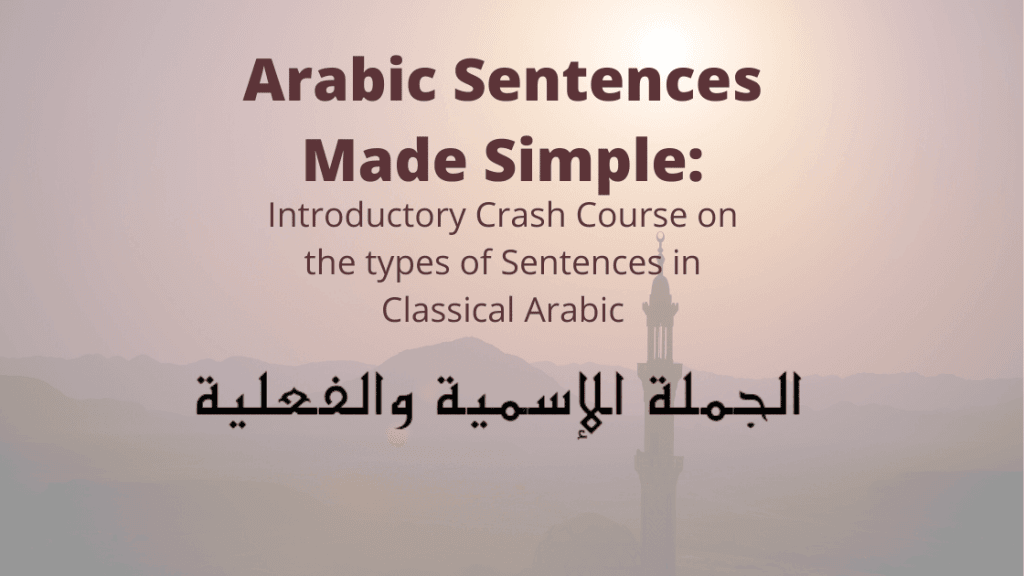
What is a sentence in Arabic?
A sentence is Arabic is two or more words connected together in a manner that conveys a complete benefit. Informative Arabic sentences (جملة خبرية) are those which make a claim, while non-informative sentences (جملة إنشائية) include questions, commands and requests.
What is a nominal sentence in Arabic?
A nominal sentence in Arabic begins with an “ism” which is a broad category of “noun” in Arabic. The subject of the nominal sentence is the topic of the sentence (مبتدا). This is contrasted to a verbal sentence which begins with a verb and whose subject is the subject of the verb (فاعل).
What is a verbal sentence in Arabic?
A verbal sentence in Arabic begins with a verb and is usually followed by the subject of that verb (فاعل). If the subject of the verb is not explicitly mentioned in the sentence, then it is implied within the verb. Verbal sentences may also have objects (مفعول به), prepositional phrases and adverbial structures.
What is Mubtada and khabar?
Mubtada and Khabar are terms used for the subject and predicate of a nominal sentence. The mubtada is the topic of the sentence and the khabar is the comment. Distinguishing between the mubtada and khabar is essential to knowing where to place the copula “is” (or its versions) in the translation. In “Zaid is a tall boy”, the word “Zaid” is mubtada and the phrase “a tall boy” is the khabar. The copula “is” is dropped between the two.
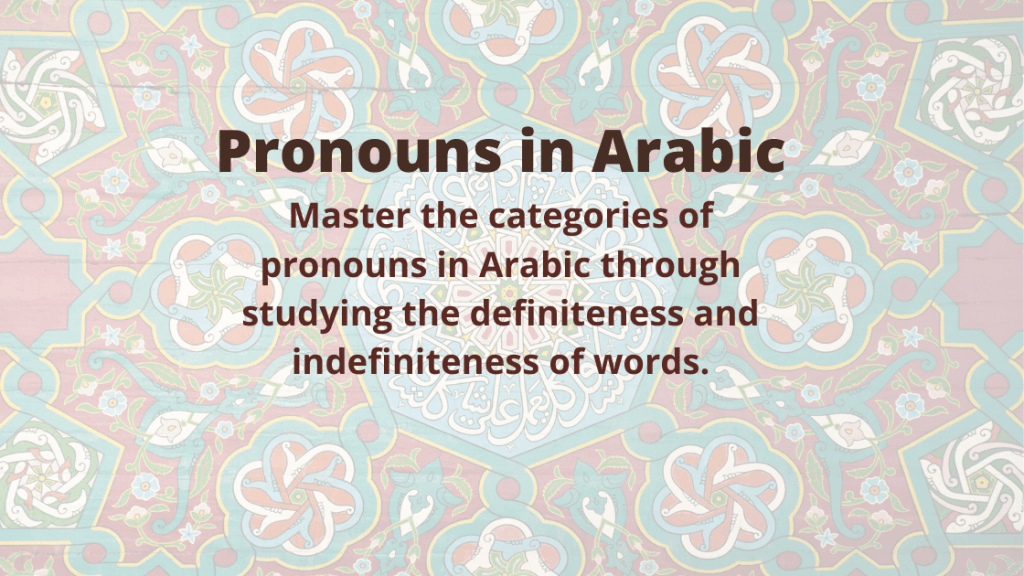
What are the pronouns in Arabic?
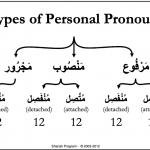
The categories of pronouns in Arabic include demonstrative pronouns (“this”, “that”, etc.), relative pronouns (“who”, “what”, “which”, “that” etc), and personal pronouns (“he”, “you”, “we”, etc.). Personal pronouns divide into 5 categories. (See attached image). In general, pronouns are used to refer to something that has already been mentioned in some form or another.
What is ISM ishara?
Ismul ishara refers to demonstrative pronouns, which are pronouns used to “point” to something that has already been mentioned in some form or another. Ismul ishara are of two types: near (“this” هٰذا) or far (“that” ذٰلِكَ).
What does tilka mean in Arabic?
Tilka is the feminine form of the demonstrative pronoun in Arabic used to refer to a distant object. “tilka shajaratun” (تلك شجرة), for example, means “that is a tree”.
What does zalika mean in Arabic?
Zalika is the masculine form of the demonstrative pronoun in Arabic used to refer to a distant object. “Zalika qalamun” (ذلك قلم), for example, means “that is a pen”.
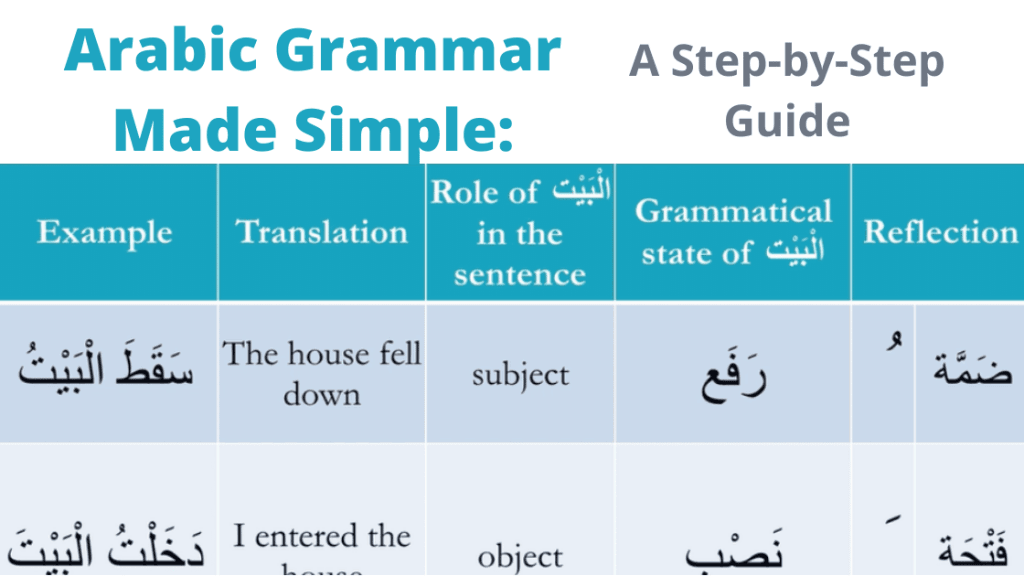
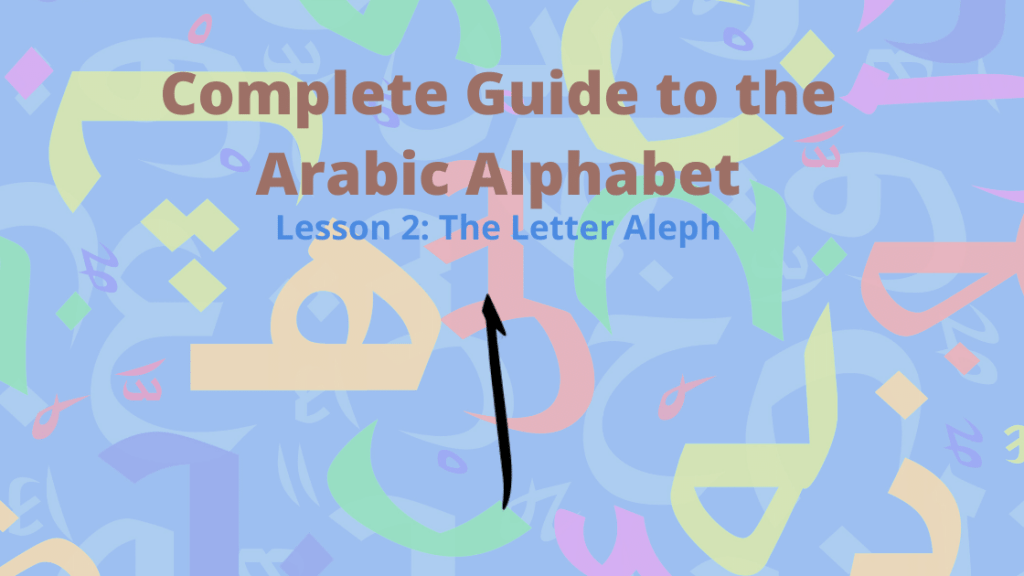
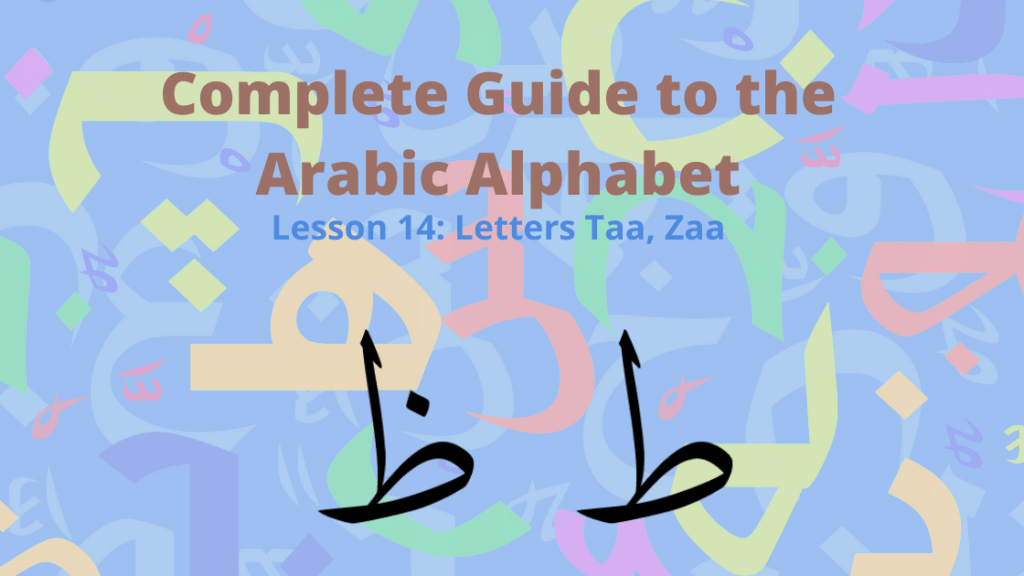
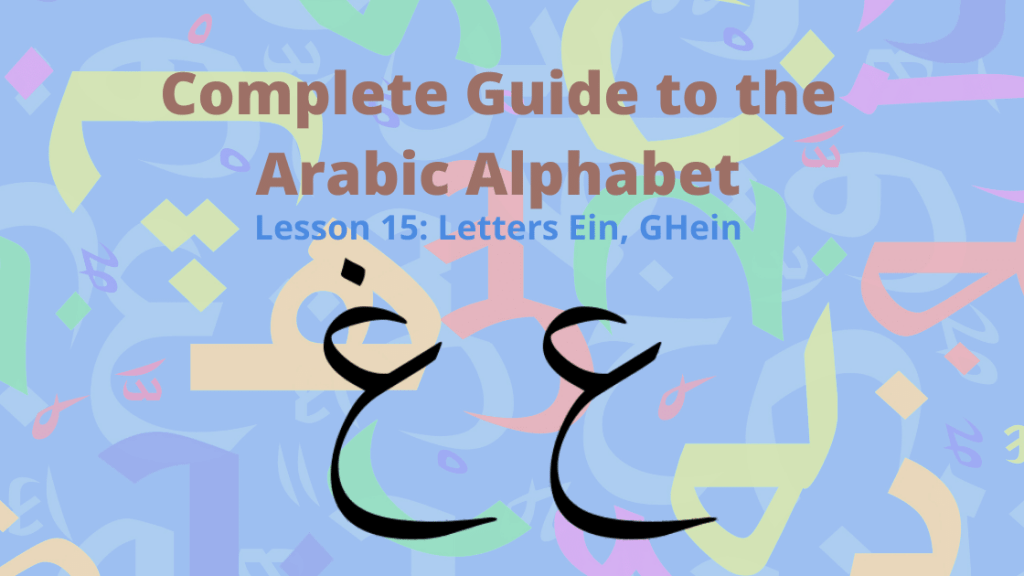
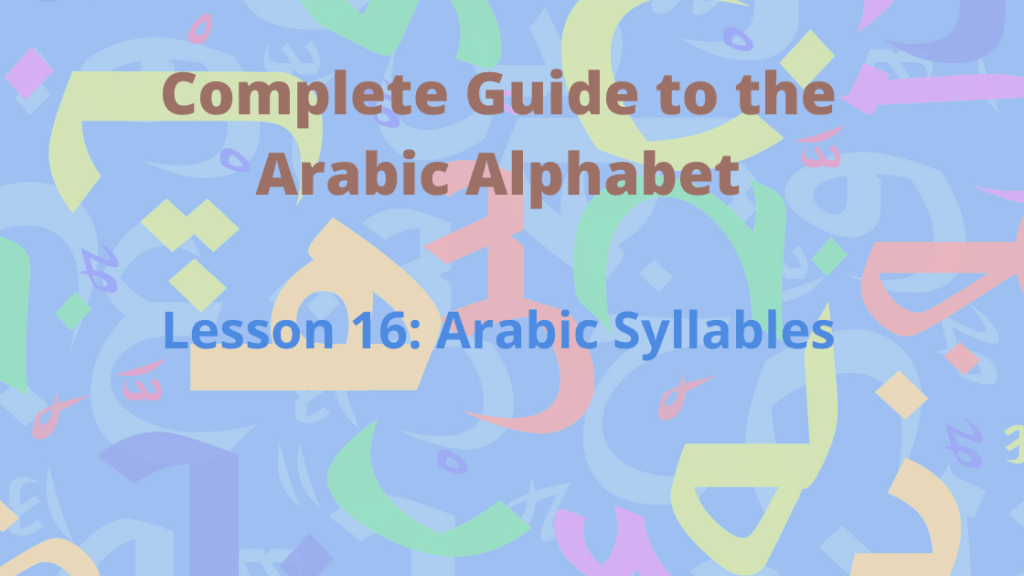

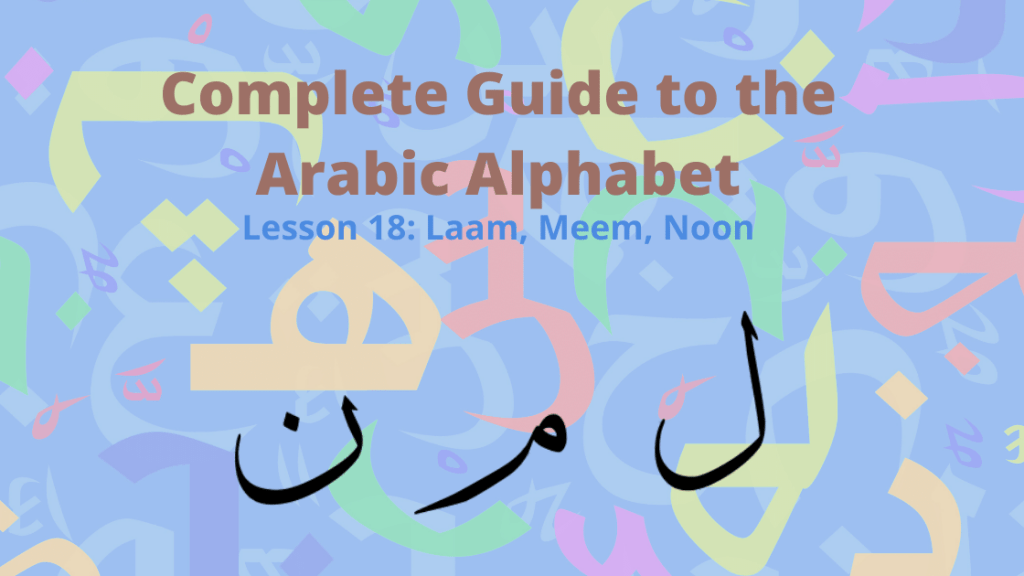
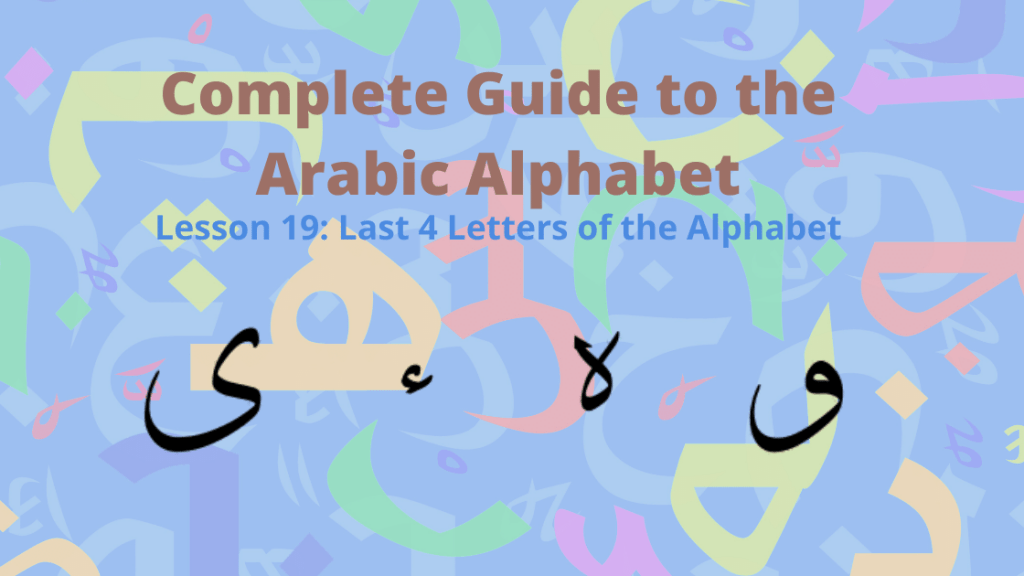
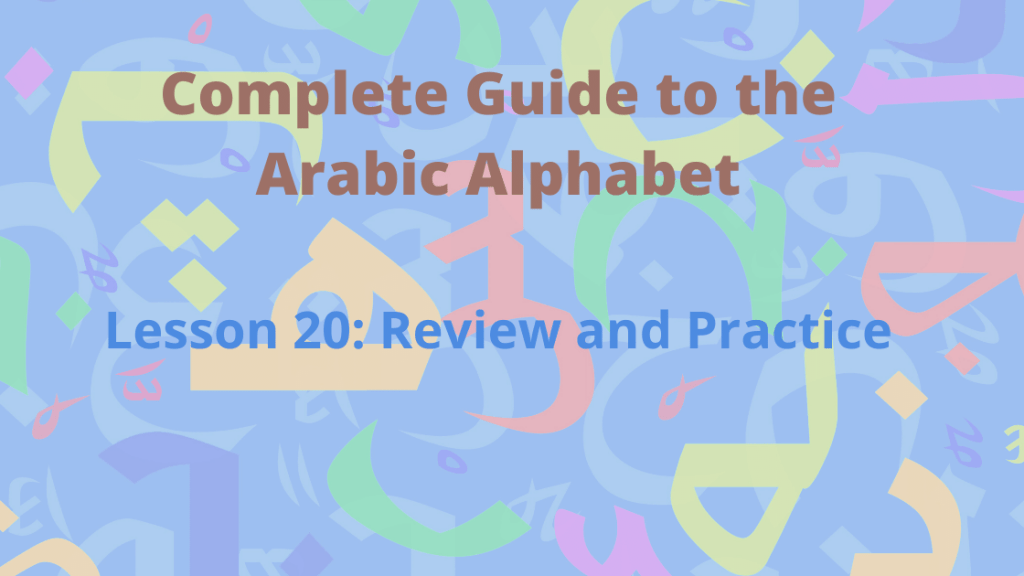
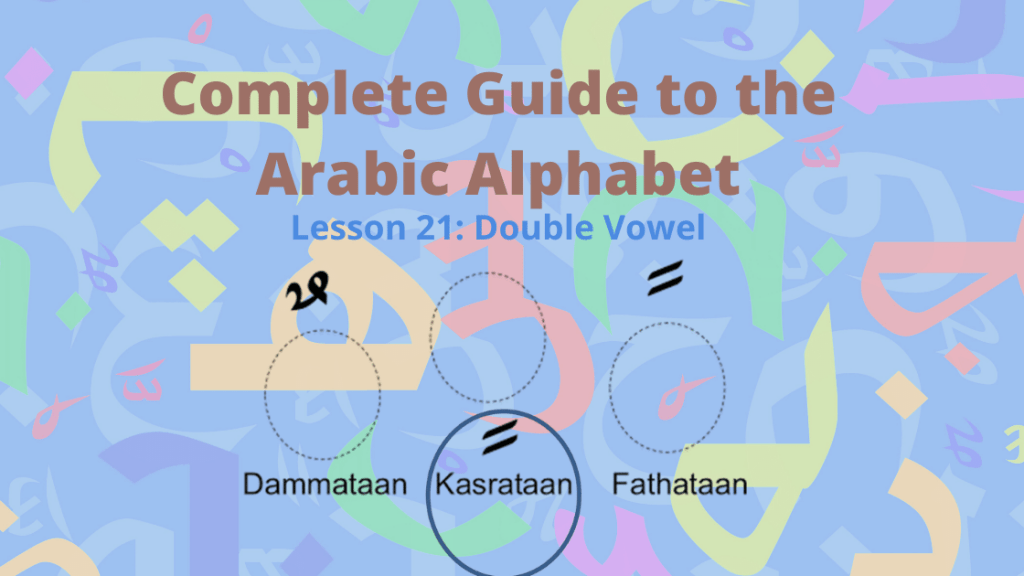
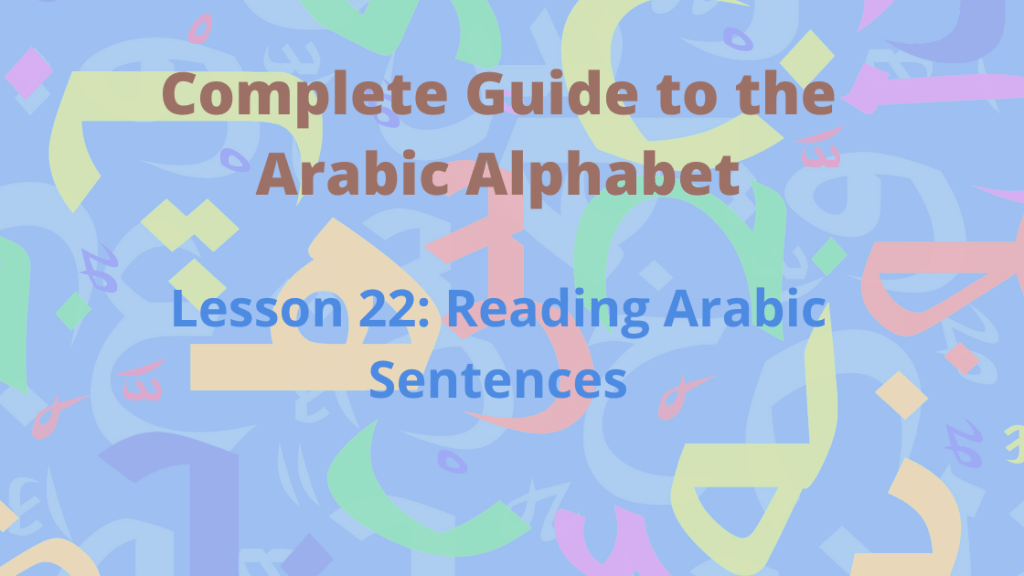


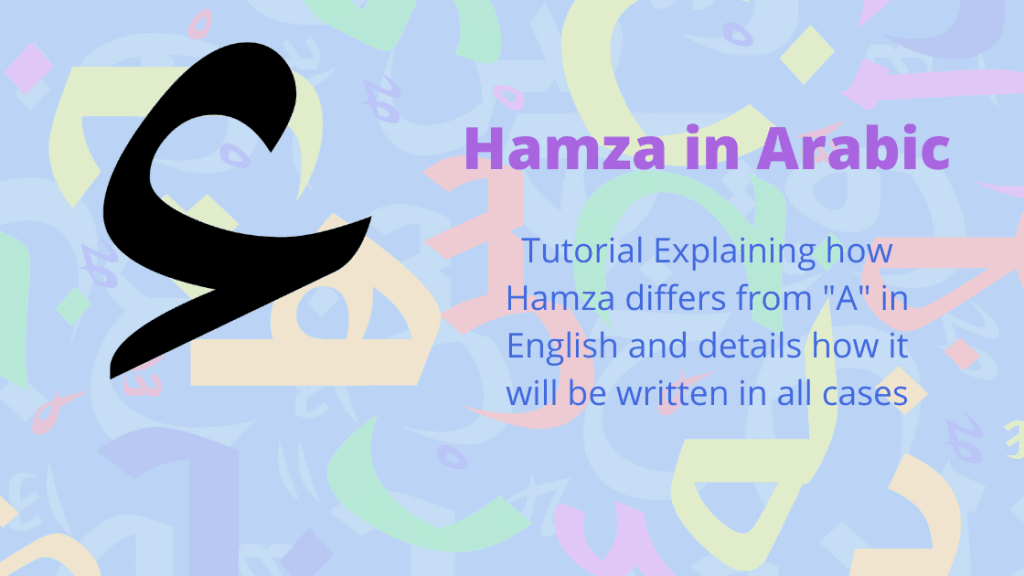
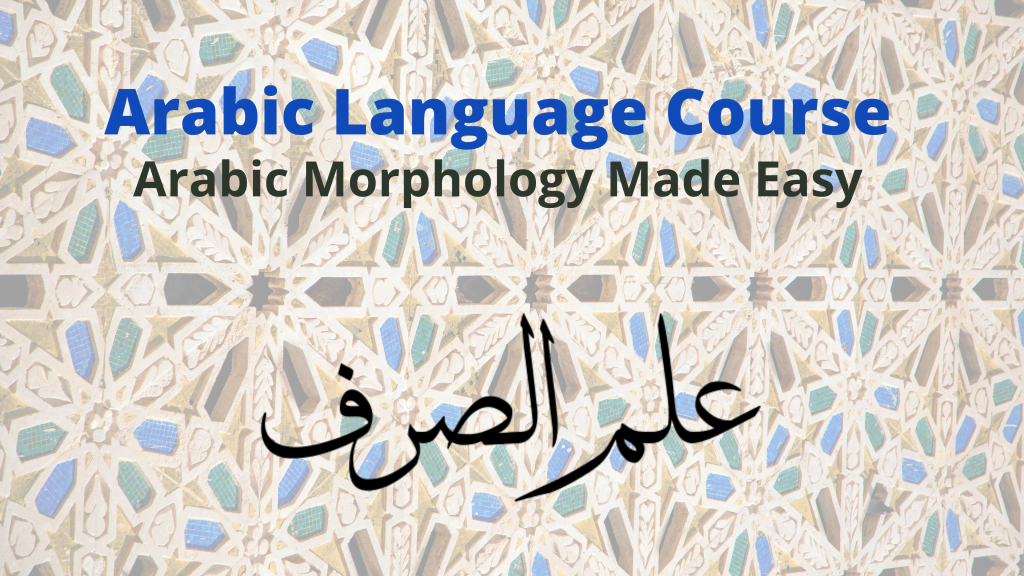
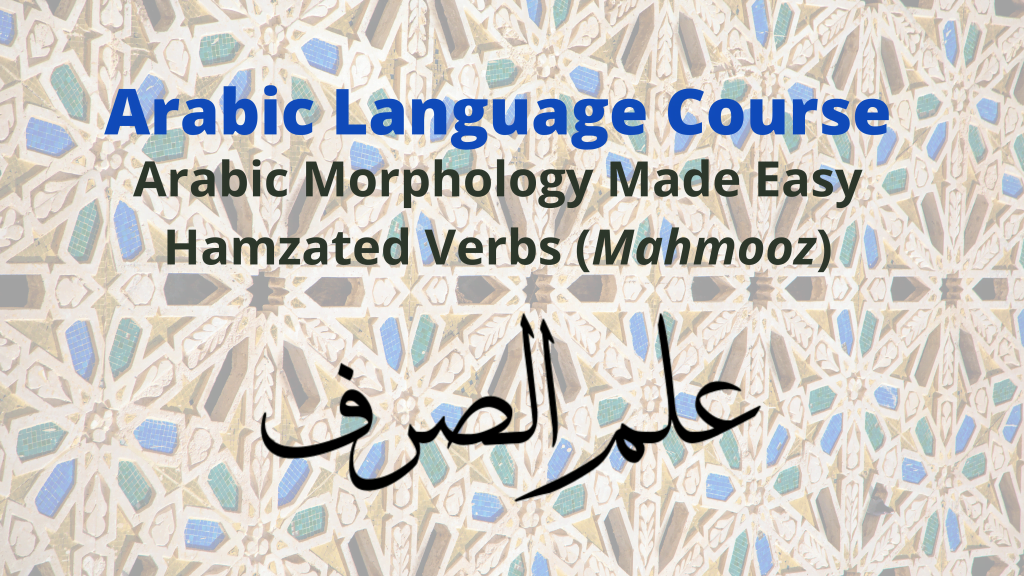

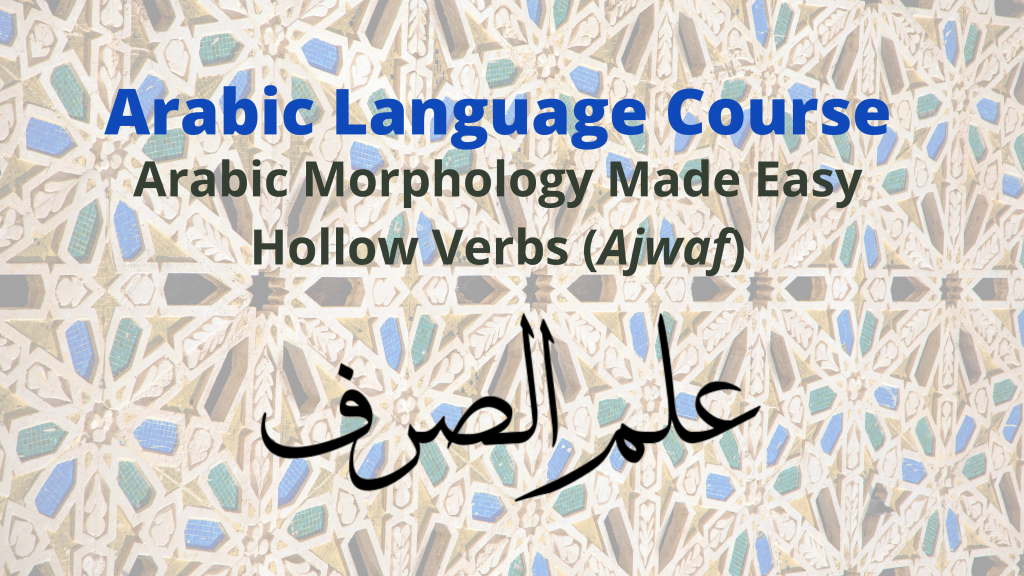
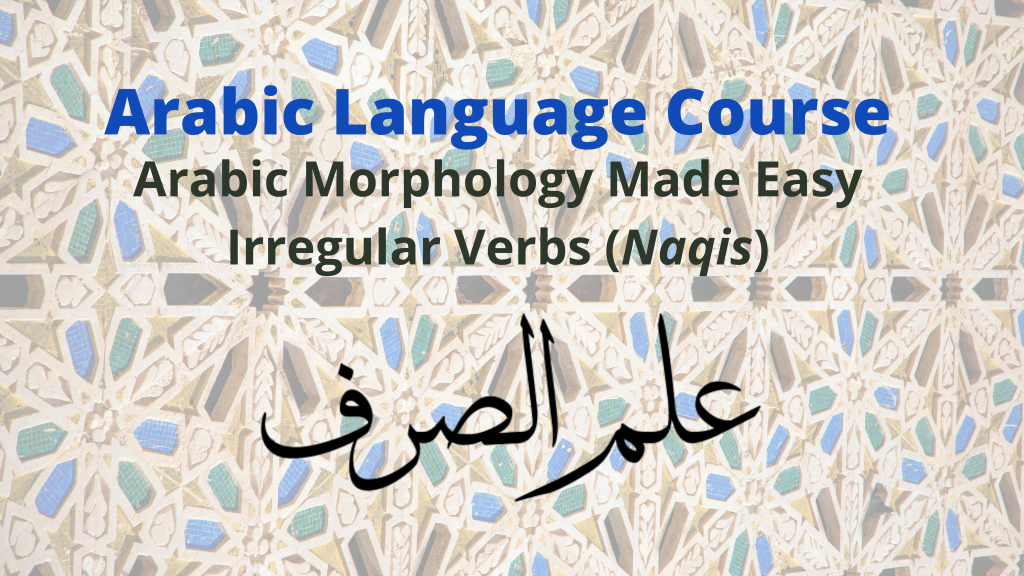
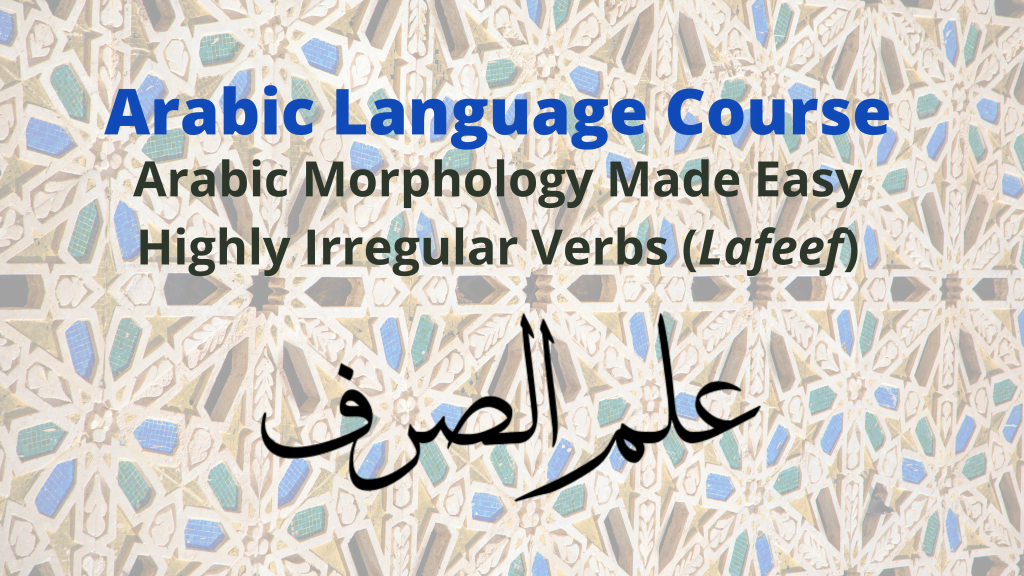
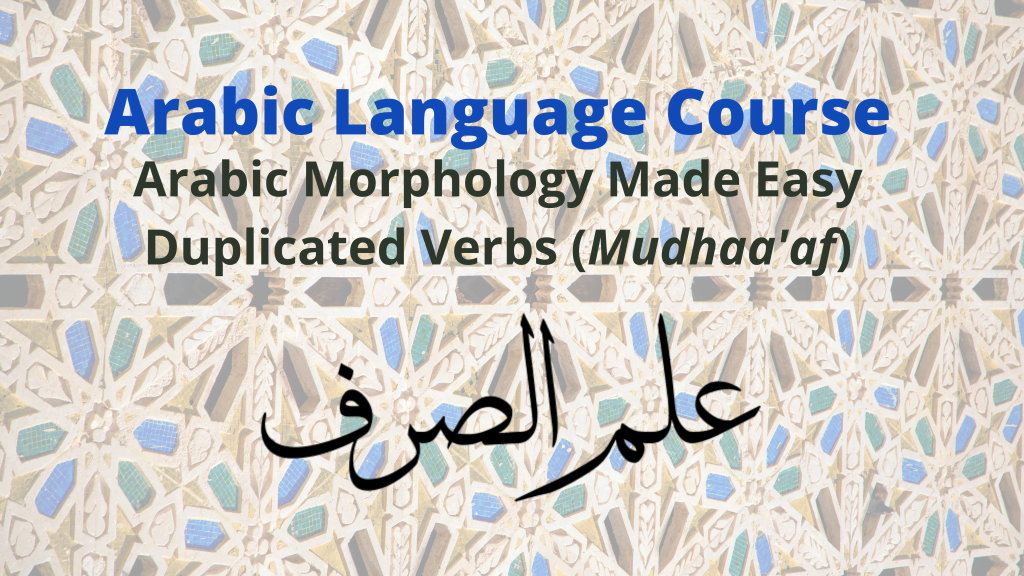
Lesson Index
Below you will find a neatly organized Lesson Index for just the Arabic Grammar related lessons we have on this website. Collectively, they cover all of Arabic grammar.
(Other areas of the Arabic language such as the Arabic Alphabet, Morphology, vocabulary lists, and Arabic Rhetoric should be accessed through the menu at the top of every page).
Core Arabic Grammar Topics
- Lesson 1: Introduction to Arabic Grammar
- Top of this page
- Lesson 2: Parts of Speech in Arabic
- Click to be taken to section on Arabic words
- Lesson 3: Types of Phrases in Arabic
- Click to be taken to section on Arabic phrases
- Lesson 4: Arabic Sentences
- Lesson 5: What is Inflection or Declension in Arabic (الإعراب)
- Lesson 6: Declinable vs. Indeclinable Words in Arabic (المعرب والمبني)
- Lesson 7: Methods of Reflection (أصناف إعراب الإسم والفعل)
- Lesson 8: Diptotes (الممنوع من الصرف)
- Lesson 9: Grammatical Processes within Nominal Sentences
- Lesson 10: Grammatical Processes within Verbal Sentences
- Lesson 11: Arabic Adverbs and Direct Objects
- Lesson 12: Haal or the Circumstantial Adverb in Arabic
- Lesson 13: Tamyiz in Arabic (Disambiguation)
- Lesson 14: Mustathna (Exclusion)
- Lesson 15: Genitival States (المجرورات)
- Lesson 16: Arabic Grammar Summary
- Lesson 17: Sentence Parsing and How It’s Done
Arabic Grammar Subtopics
- Lesson 18: Definiteness and Arabic Pronouns
- Lesson 19: Masculine and Feminine in Arabic
- Lesson 20: Singular and Plural Nouns in Arabic
- Lesson 21: Broken Plurals and How to Form Them
- Lesson 22: Arabic Numbers
- Lesson 23: List of Arabic Word Patterns
- Lesson 24: Types of ما
